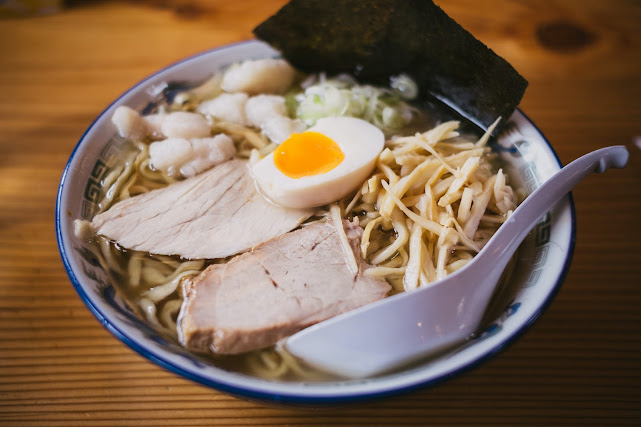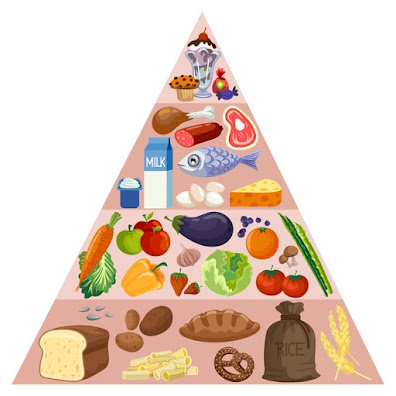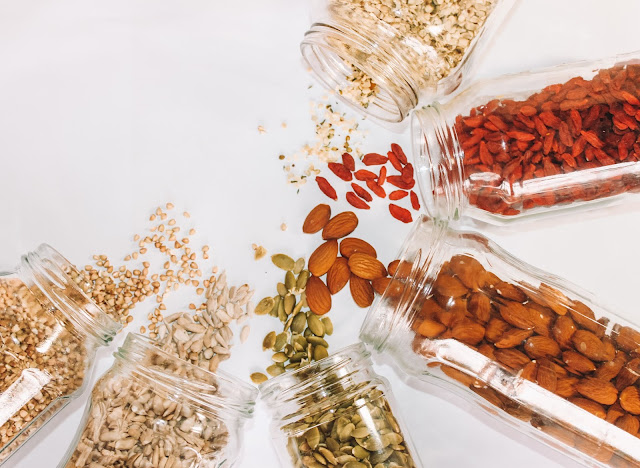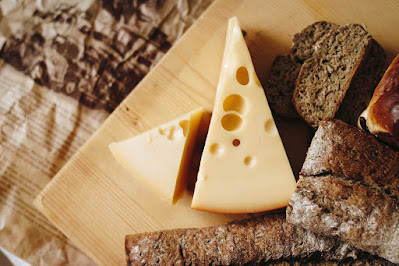Hi, I have got the answer to the question you might be wondering for some time as I have been searching about "What is food pyramid" when I first time heard it from my beloved Teacher. So stay with me we'll also talk about its history, importance, different categories and many more.
First of all, the food pyramid is designed to make healthy eating easier. While healthy eating means getting the appropriate amount of nutrients. Nutrients include fat, carbohydrates, protein, vitamin, and minerals. The food pyramid is made of 5 groups. Food that has the same kinds of materials has been put in the same category.
The most important, basic, and largest group is carbohydrates that consist of bread, pasta, and cereal. The second one is made of vegetables and fruits. The third one contains proteins. While the other two are dairies and processed food.To continue with, it is shaped like a pyramid to tell us about the importance of each group and what you should consume more or less.
Food pyramid History
The idea of this useful pyramid stems from Sweden. In1972 because of the fact that food was expensive, the national board of health and welfare developed the idea of basic nutrients. Then it was introduced to people in 1974. Then the next pyramid was introduced by the United States Department of Agriculture (USDA) called "food pyramid" or eating guide pyramid". The next update was in 2005 to "My pyramid" and then it was replaced with "My Plate".
Importance and characteristics of the food pyramid
1- The variety is shown: It emphasizes the importance of eating a balanced and variable amount of nutrients from mentioned main food groups. Actually, this fact reminds the idea that it is healthier to eat from several groups of material, rather than consuming most of our calories from one or two groups.
2- Easy to understand: By a simple look at it we can understand that foods near the bottom part of the pyramid should be the main part of a person's diet. While food near the tip of the pyramid is not good and useful for the body and should be prevented.
3- Simple example are shown: To say it in a simple way, seeing some examples of food that you should consume help us to think about planning for a healthy meal.
Different categories of the food pyramid
Group 1: Grain
Grains are small, dry, and hard seeds. With 6-11 servings daily this food group is the largest group, hence the bottom position on the pyramid. Grains also contain complex carbohydrates (such as starches), which are long chains of sugars, as well as this group contains vitamins, minerals, and fiber. Almost half of the world grains are produced from the USA, CHINA, and INDIA.
Grains are divided into two groups:
- Whole grains
- Refined grains
1- Whole grains:
Include the bran, germs, and endosperm of the grain.
If we talk about bran it makes up the outer layers of the grain. It has large amounts of B vitamins, trace minerals, and fiber(dietary fiber).
Germ: It is the part that germinates and gives rise to a new plant. It has vitamin B, some traces of minerals, and some protein.
The last part (the inner part) endosperm contains most of the protein and carbohydrates.
Examples: Whole wheat flour, oatmeal, whole rye, and brown rice.
Commonly eaten: Whole grain tortillas, popcorn, rolls and buns, cereals, wheat bread.
Refined grains:
This grain has been milled. This process removes bran and germs along with many nutrients and fiber. The benefits of refined grains are fine texture and longer shelf life.
Examples: White flour, cornmeal, white rice, and white bread.
Group 2: Fruits and vegetables
Fruits are the mature ovary of the plant or the succulent edible part of a plant.
The vegetable is the edible portions of the plant that is eaten such as the leaves, stem, tuber, and roots. The sweet and fleshy products of the tree or other plants seed can be eaten as food.
Fruits and vegetables contain important vitamins and minerals that help prevent diseases as well as fiber which can help digestion. These include vitamin A(beta-carotene), C and E, magnesium, zinc, phosphorous and folic acid.
Cancer, diabetes, and heart diseases can be protected by using a diet that is high in fruits and vegetables. Fruit and vegetables reduce obesity and maintain a healthy weight, keep low cholesterol ad blood pressure.
The USDA's Dietary Guidelines recommended adults eat anywhere from 5 to 13 servings of fruits and vegetables per day depending on age, gender, physical activity, and overall health.
Group 3: Dairy Products
Dairy products are rich in calcium, vitamin D and also a good source of protein and other essential nutrients. They provide phosphorus, potassium, magnesium, and vitamins A and B12.
To meet daily calcium requirements 2 or 3 cups of milk and dairy food each day are recommended.
Group 4: Protein Foods

All food made from meat, poultry, seafood, beans, and peas, eggs, processed soy products, nuts, and seeds is considered part of the protein food group.
Meat provides many essential nutrients such as protein and omega-3 fats.
Eating seafood supports healthy brain tissue, maintain good cholesterol levels, and keeps the heart-healthy.
Proteins are the vital for health and maintenance of the body.
The amount of protein foods needed to eat depends on age, sex, and level of physical activity. It can vary between 2 and 6 ounces each day. People who are related to physical activities such as athletes may need more.
Group 5: Fatty foods
Energy is very important for our body and oil and fat produce that. It recommends that 30 percent of energy have to come to them (oil and fat).
We have to notice that oil contains cholesterol HDL (High-density lipoprotein) and LDL (low-density lipoprotein), LDL is the bad one but we have to consume it in good quantities both of them.
What counts as a serving?
Grain Group:
Whole grain and refined grain: 1 slice of bread
Ready to eat cereals: 1 cup
cooked cereal, rice, or paste: 1/2 cup
Vegetable group:
Leafy vegetables: 1 cup
Other vegetables cooked or raw: 1/2 cup
Vegetable juice: 3/4 cup
Fruit group:
Apple, banana, orange, pear: 1 medium size
Chopped, cooked, and canned fruit: 1/2 cup
fruit juice: 3/4 cup
Dairy product:
Milk, yogurt: 1 cup
Natural cheese (such as cheddar): 1/2 ounces
Processed cheese (such as American): 2 ounces
Protein food:
Cooked lean meat, poultry, or fish: 2-3 ounces
Cooked dry beans: 1/2 cup
Peanut butter: 2 teaspoon
The number of servings depends on our age group. Children, teenagers. and adults need 3 servings of meal daily. Other age group people need 2 servings daily.
Conclusion:
The food pyramid guides us about the importance of each food group and which group of food we need to eat more and less to maintain a healthy life. It has five groups grains, fruits and vegetables, dairy products, protein-containing food, and processed food. This pyramid also tells us which food we have to limit to prevent ourselves from serious diseases.







Hello,
ReplyDeleteI read all the blog and it's very helpful to understand what is Food Pyramid. I get too much Information from here.
Thank you. I'm happy that you get something fruitful.
Delete